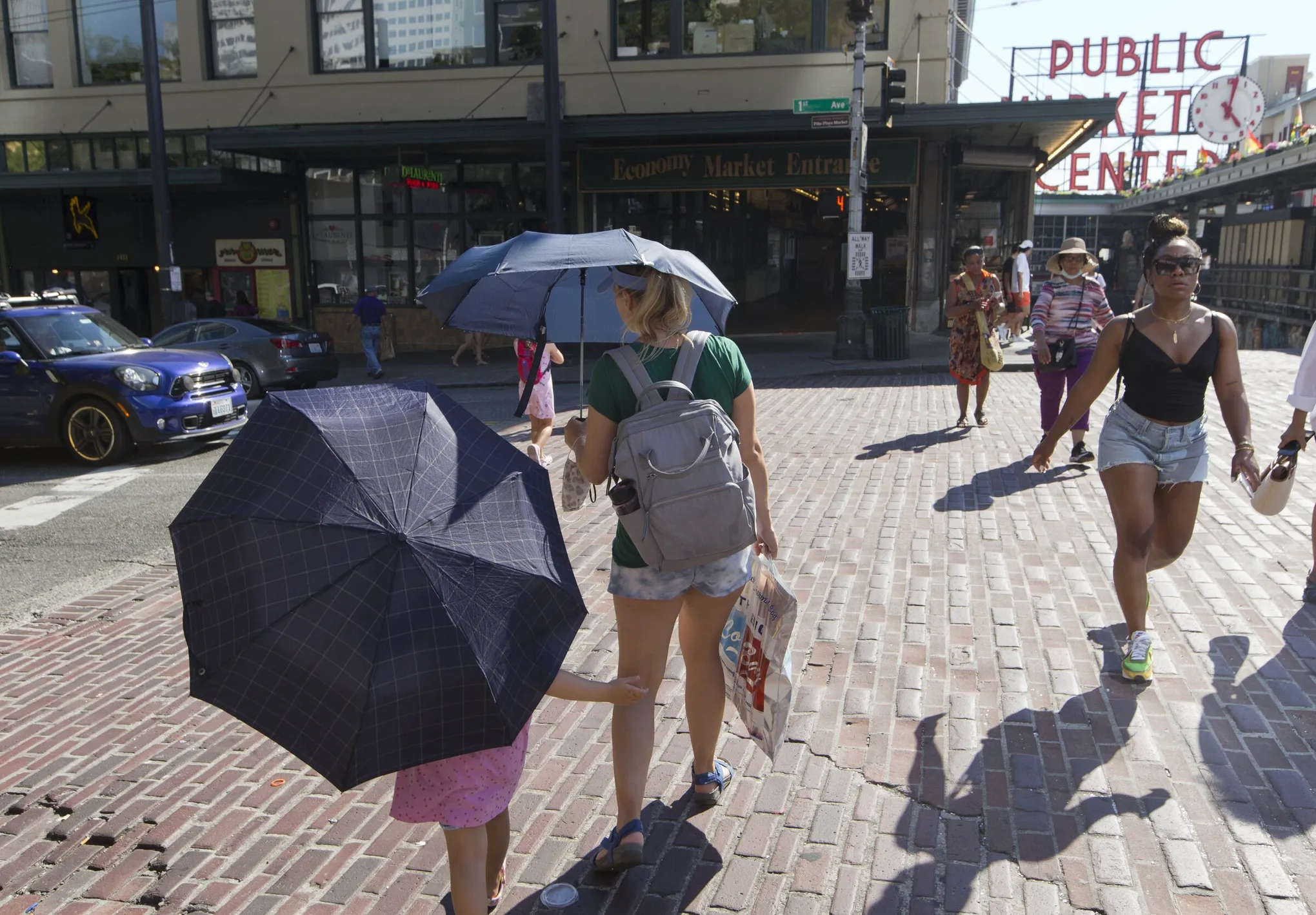Forecasters are sounding the alarm about a dangerous and potentially record-breaking heat wave set to hit the central and eastern United States next week. This has become a critical concern for health officials who have been dreading and preparing for such extreme weather events.
Heat Risks and Health Implications
The anticipated heat wave could break records from Texas to New England, posing significant risks to those unprepared for the soaring temperatures. According to the National Weather Service, areas under an excessive heat warning will face a “high risk of heat stress or illnesses” for individuals without effective cooling or adequate hydration.

The stakes are high: extreme heat claims about 154 lives daily in the United States, as highlighted by a 2022 study. Climate change exacerbates this risk, evidenced by a worrying 12-month streak of global heat records. Vulnerable populations, including children, the elderly, individuals with underlying health issues, those without air conditioning, the unhoused, and outdoor workers, are particularly at risk. Kevin Lanza, an assistant professor of environmental science at UTHealth Houston, emphasizes that cities must be proactive.
Regional Preparations and Responses
Various regions are implementing comprehensive plans to protect residents from the extreme heat. For instance, Arizona has appointed a state heat officer, while Oregon is distributing free air conditioners, and New Jersey is issuing early heat warnings.
AccuWeather meteorologist Brandon Buckingham notes that next week will serve as the first major test of local officials’ preparedness this year. The Climate Prediction Center predicts excessive heat primarily in the Ohio Valley and mid-Atlantic, with highs potentially reaching the low- to mid-90s and setting daily records in many locations.
The New Jersey Department of Health has urged residents to prepare for heat waves now, emphasizing that waiting until the heat arrives is too late. Meanwhile, California’s Occupational and Safety Health Administration has enacted heat standards as temperatures rise. The Centers for Disease Control and Prevention has also launched a nationwide tracker to monitor health risks from heat at the ZIP code level.
Innovative Strategies to Combat Heat
Some areas are adopting creative measures to tackle the extreme heat. California uses text messages and social media to warn residents of dangerous temperatures, especially those at higher risk due to outdoor work or existing medical conditions. In Portland, Oregon, residents can call 311 to request free AC units, a program introduced following a deadly 2021 heat dome event.
In regions where extreme heat is a constant threat, like Jacksonville, Florida, and Las Vegas, Nevada, local officials have developed robust summer heat plans. Jacksonville has opened several cooling centers, including libraries and a gymnasium, to help residents cope with the heat. Las Vegas faces the added challenge of high overnight temperatures, which prevent significant cooling.

Experts like Kevin Lanza stress that long-term solutions require structural changes to urban design to mitigate the heat island effect. This involves redesigning cities, using sun-reflective materials, and creating green spaces to reduce heat absorption.
